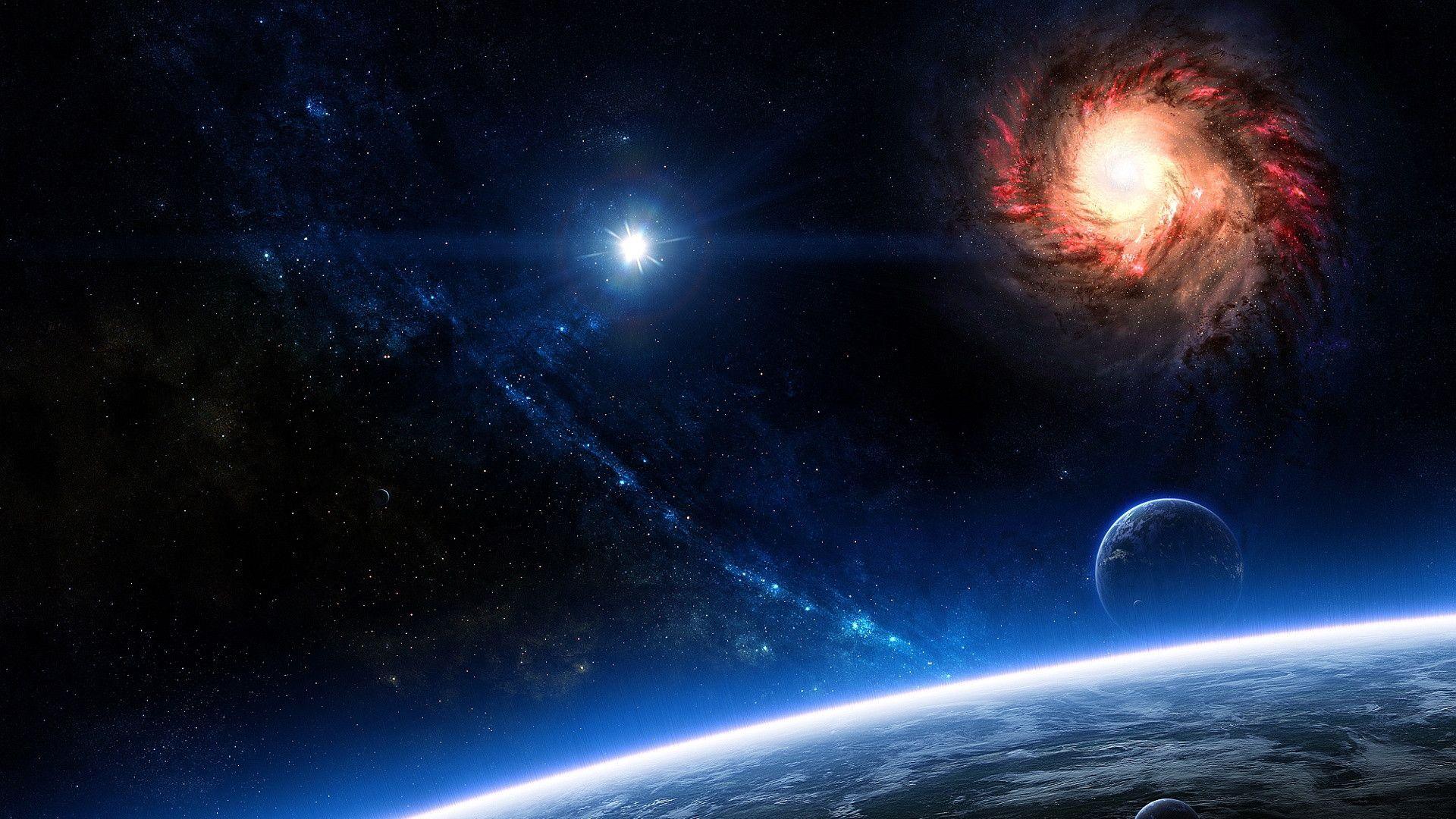The vacuum of space is often thought of as empty, but is it really? According to quantum physics, the vacuum is not empty at all. It is filled with a sea of virtual particles, which are particles that constantly pop into and out of existence. These particles are so short-lived that we cannot detect them directly, but their existence has been confirmed by experiments.
In addition to virtual particles, the vacuum is also filled with dark energy, a mysterious force that is causing the universe to expand at an accelerating rate. Dark energy makes up about 70% of the universe, but we know very little about it.
Another reason why the vacuum is not truly empty is that it is permeated by quantum fields. Quantum fields are invisible fields of energy that give rise to all of the fundamental particles in the universe. For example, the electron field gives rise to electrons, and the photon field gives rise to photons.
So, while the vacuum of space may seem empty, it is actually filled with a variety of things that we cannot see or directly interact with. These things include virtual particles, dark energy, and quantum fields.
What does this mean for us?
The fact that the vacuum is not empty has a number of implications for our understanding of the universe. For example, it means that the universe is not static. It is constantly changing and evolving, even in the absence of matter or energy.
The vacuum also plays a role in the expansion of the universe. Dark energy is causing the vacuum to expand, which is pushing galaxies apart. This expansion is accelerating, which means that galaxies are moving further and further away from each other.
The vacuum also plays a role in the creation of particles. Virtual particles can interact with each other to create real particles. This process is thought to be responsible for the creation of matter and antimatter in the early universe.
Tags:
Cosmology

